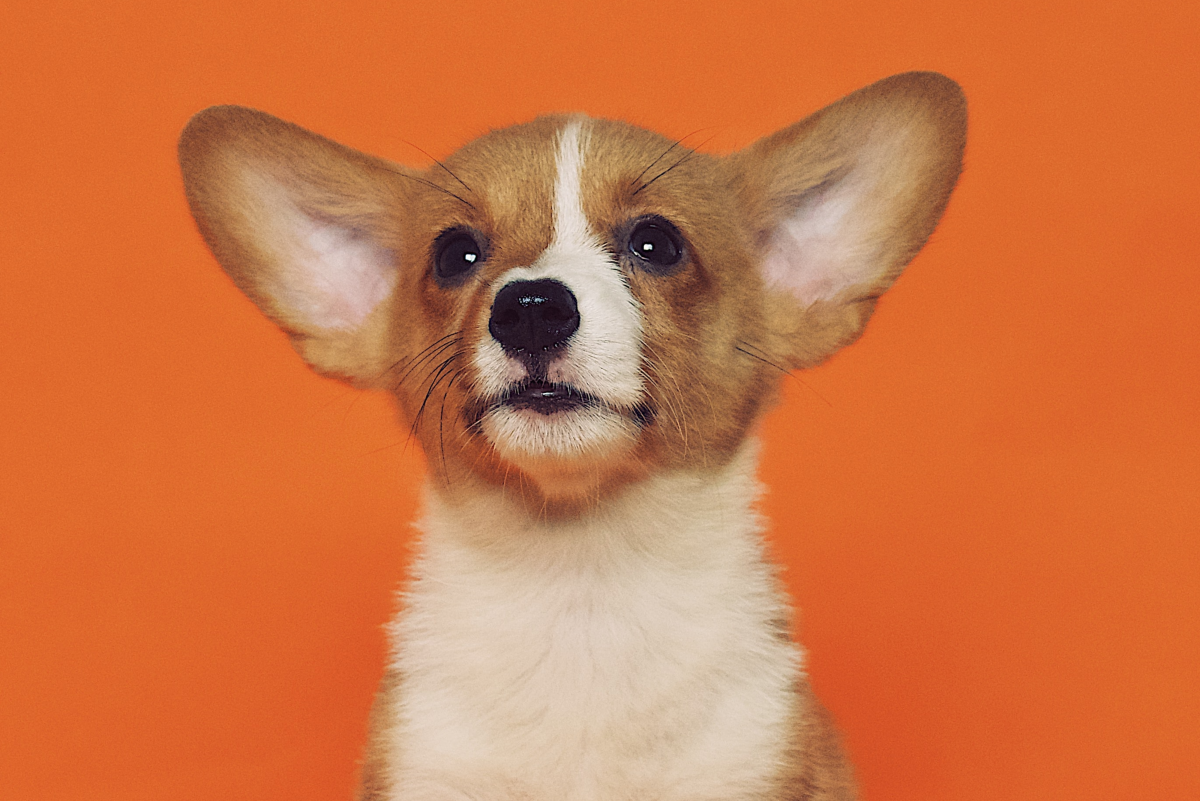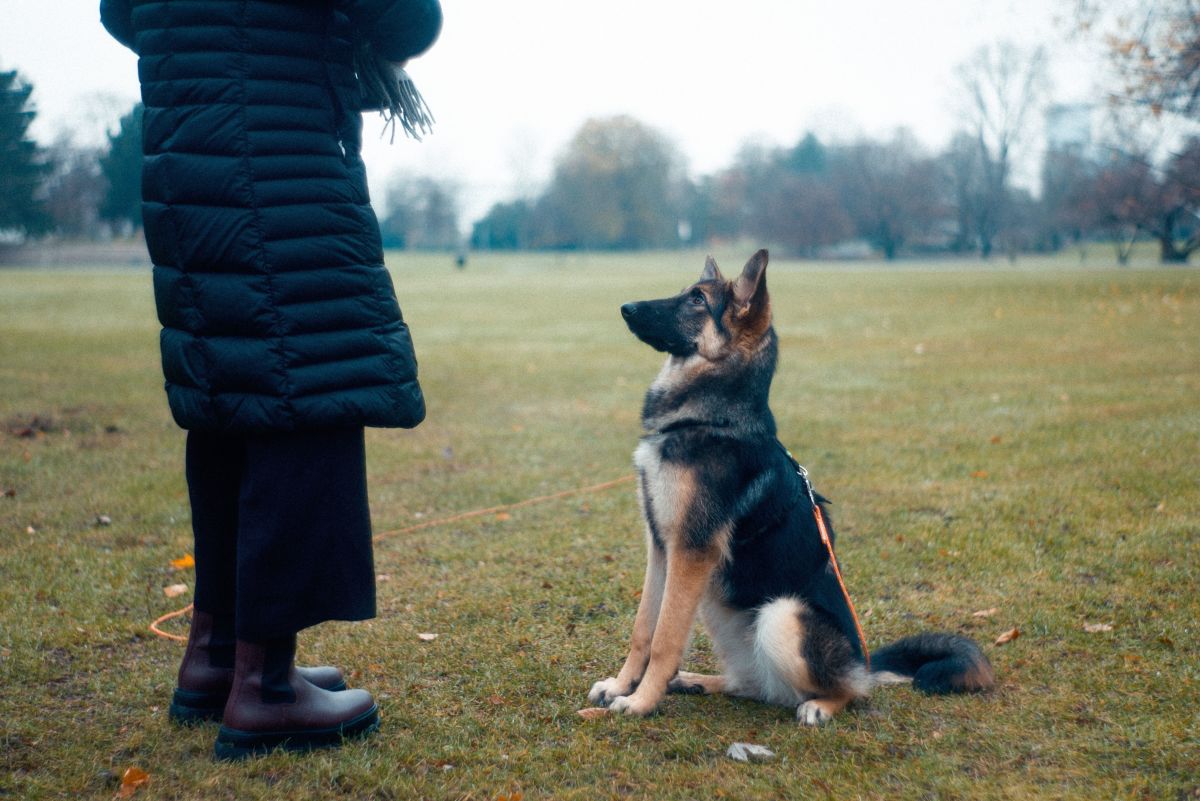Punishment as a Training Method
Punishment was once the method of choice for training any and all animals, ranging from circus tigers and lions to the household dog. But, with today's psychology research and dog behavioral research, animals behaviorists and animal trainers have all come to the conclusion that punishment is not the best training method.
Problems With Punishment
A few obvious problems with using punishment:
Even if the animal realizes it did the wrong thing, there is not an ‘undo' button. It is too late to change the behavior that has already occurred.
- For punishment to be the slightest bit effective, the consequence must occur during or immediately after the undesirable behavior. That means in a matter of seconds, the consequence must be delivered.
- If punishment is used in training, the animal may begin to understand what you don't want him to do, but you still have not taught him anything.
- Animals don't know right from wrong; they read body language.
- Fear and stubbornness is often confused, so by using punishment the animal's anxiety and fear become worse. An animal that feels, helpless, trapped, or afraid is much more likely to choose aggression as a means for defense.
- Punishment can have many unwanted side effects.
Punishment is a response to bad behavior, and using punishment as a teaching technique, you can't always control what the student learns. Punishment puts the animal in an excitable and defensive state, interfering with its ability to learn anything. Using punishment can become detrimental to your relationship with the animal, so if you choose to use punishment, do so with caution.
Making Things Worse
Although it has been apart of training for years, punishment is not a good way to train. Over time, many trainers have found that it is unnecessary to use punishment in order to get acceptable behavior. In many cases punishment can cause problems to become worse:
- Punishment stops a behavior, but it doesn't provide an alternate one.
- Negative side effects of punishment outweigh the short-term benefits.
Punishment teaches the animal to avoid being caught, so he may still perform the behavior just not in your presence. By punishing a new puppy for soiling the carpet, it doesn't stop him from having an accident in the house because you haven't taught him where to use the bathroom- outside. The puppy, in turn, finds other places, less conspicuous, to ‘relieve' himself, such as behind the couch or under the bed. Once you find the soiled carpet, the puppy has more than likely forgotten about it, so punishing the puppy after the fact is pointless. Punishment only works when the animal is caught "red-handed."
Timing
If you are going to use punishment and expect it to be effective, your timing must be precise and accurate. Not many people are capable of delivering the punishment the moment the behavior begins. If the timing of the punishment were perfect, the animal would need to be rewarded as soon as the unwanted behavior stopped. The timing of the reward is the instructive part for the animal.
Fallout of Punishment: Aggression
If punishment is mistimed or too severe, it can often cause the animal to turn and bit whoever is closest. Dogs that are corrected for barking and lunging at other dogs and people don't learn to like them; in fact, many of these animals become more unpredictable and dangerous. They learn that the presence of other dogs or people means they are about to be punished, so they will react and bite without warning.
WARNINGS WORK FOR A REASON
If you physically punish a dog for growling, he may stop growling and skip right to the bite. You have made that dog more dangerous because he no longer warns people that he is not comfortable. Growling is a dog's way of warning us that he is uncomfortable. Punishing a warning doesn't make since, you want to change the way the dog feels about something, not take away the warning.
TRAINING VERSUS PUNISHMENT
Never use punishment with and problem related to aggression around people or other animals- the risk of creating a biter is too high. Here are five reasons to teach your dog versus punish him:
Punishment must be repeated frequently to remind the animal to avoid the unwanted behavior,
- Punishment doesn't teach the animal anything; animals with little confidence will shy away.
- With punishment, you can't control what the animal learns.
- Punishment can damage the relationship between trainer and animal.
- Punishment can accelerate aggression by getting rid of the warning so that the animal just attacks.
There are many reasons for not using punishment in training animals. In general, punishment comes too late to be instructive and has the danger of teaching the animal to be better at the unwanted behavior. If you feel that the animal is behaving so bad that it needs punishment, what it really needs is more information about what he is supposed to do. Instead of spending time trying to figure out how to get rid of the behavior you don't like, set a plan as to what you want to animal to do and retrain it.









